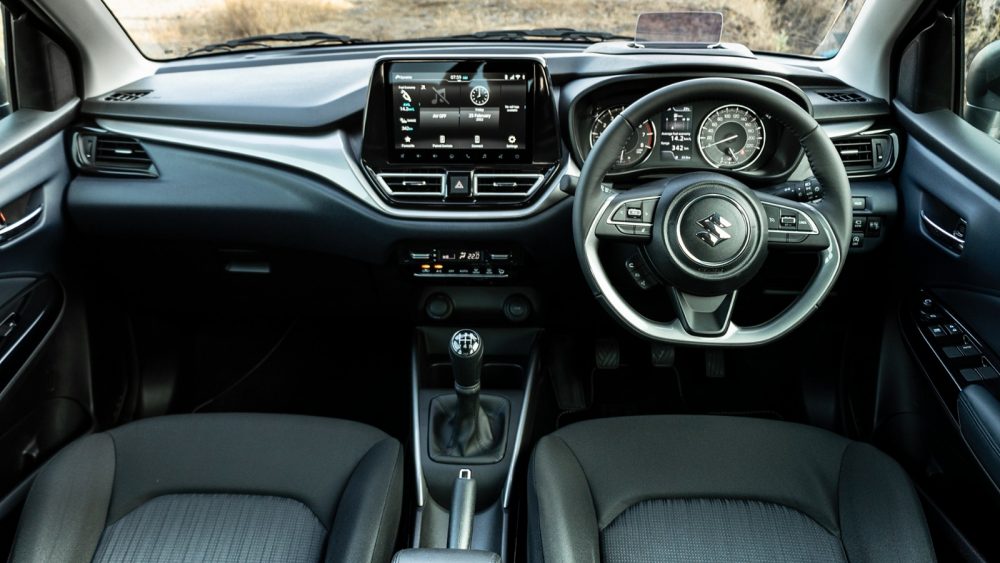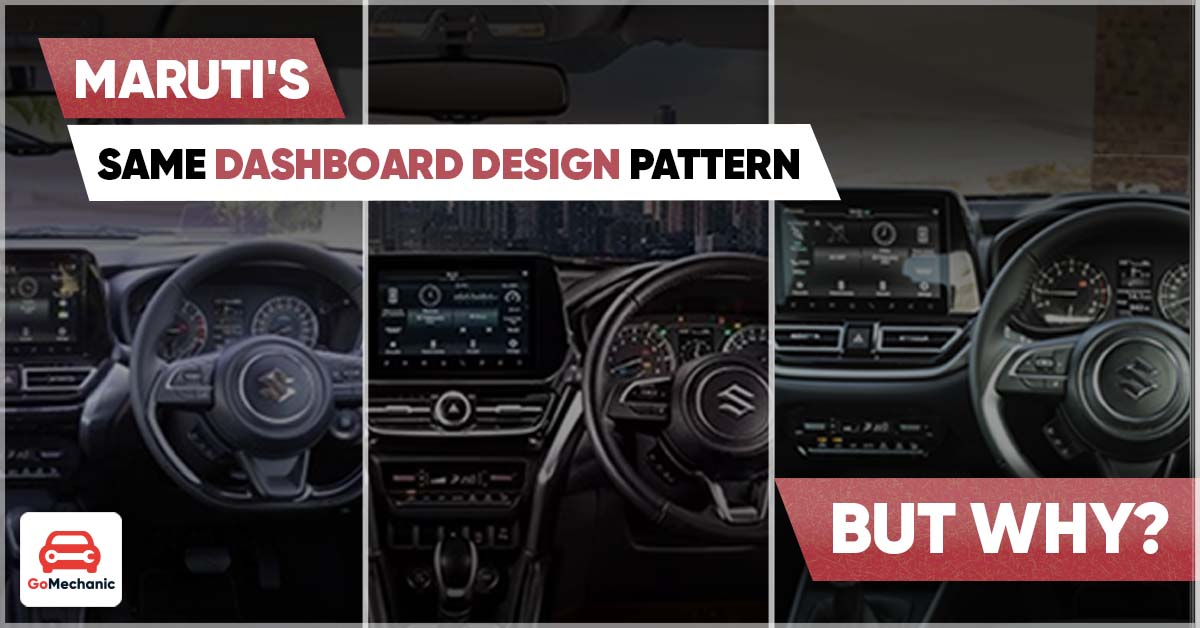Introduction:
Maruti Suzuki, a renowned auto company in India, has built a exclusive style and design choice that sets them aside from the levels of competition – they have implemented the similar dashboard pattern and steering wheels throughout their car designs. Regardless of whether it’s the Brezza, Fronx, Grand Vitara, or Baleno, the consistency in the dashboard structure remains intact. This deliberate layout choice has raised issues and curiosity amid car or truck fans. In this website, we will delve into the causes powering Maruti Suzuki’s similar dashboard sample, discovering the positive aspects it brings in phrases of consistency in style, expense efficiency, increased user working experience, aftermarket customization choices, and compliance with industry criteria. Sign up for us as we unravel the intriguing rationale guiding Maruti Suzuki’s design philosophy.
Style Consistency
Maruti Suzuki knows the value of protecting a dependable manufacturer identity, and a person way they do so is by applying the exact dashboard pattern and steering wheels all over all of their vehicle versions. Maruti Suzuki produces a recognizable and unified brand picture by using steady layout language. The comparable dashboard layout generates a sense of familiarity and belief amongst shoppers, regardless of whether you’re driving a Brezza, Fronx, Grand Vitara, or Baleno. This design and style strategy not only strengthens the brand’s identity, but it also improves consumer notion and loyalty. Maruti Suzuki’s dedication to layout consistency distinguishes them in the automotive business enterprise, building its vehicles easily recognizable on the road.
Price-success
One particular of the major motives for Maruti Suzuki’s determination to use the identical dashboard layout and steering wheels across all of their car or truck styles is price tag-efficiency. Maruti Suzuki may create major price reductions all through the producing process by standardizing vital parts.
For starters, working with the similar dashboard model permits Maruti Suzuki to capitalize on economies of scale. They can negotiate much better offers with suppliers and reward from bulk bargains on elements by producing a substantial number of identical dashboards. As a consequence, total manufacturing expenditures are reduced.
Also, standardizing factors streamlines the producing course of action. As personnel turn out to be acquainted with a constant established of factors, the assembly line will become much more streamlined and successful. This decreases complexity and the likelihood of problems, main to enhanced generation and price tag cost savings.
A standardized dashboard pattern also removes the have to have for individual manufacturing lines for just about every car design. In its place, Maruti Suzuki can greater regulate resources, enhance producing amenities, and lowering overhead expenses.
Maruti Suzuki may offer its vehicles at competitive prices by attaining value performance with the similar dashboard design. This affordability component is essential in recruiting a broader consumer base and preserving their leadership place in the Indian car marketplace.

Improved Consumer Expertise
Maruti Suzuki’s decision to undertake the exact dashboard structure and steering wheels throughout all of their automobile designs aims to make improvements to the over-all user experience for their individuals.
A effectively-identified dashboard architecture gives different advantages in phrases of usability and advantage. Consumers can just adapt to the controls and layout when switching from 1 Maruti Suzuki model to another because they are steady across the vary. This minimizes the mastering curve connected with a new automobile and lets drivers to come to feel relaxed and proficient guiding the wheel ideal absent.
In addition, the common controls’ intuitive nature enhances driver ease and comfort. Local weather handle, audio configurations, and devices are appropriately situated, enabling simple accessibility and effortless procedure. This constancy will allow drivers to concentrate on the road forward, which lowers distractions and makes certain a safer driving expertise.
On top of that, the similar dashboard sample fosters dependability and trust. Buyers who have beforehand purchased or pushed a Maruti Suzuki automobile may well be expecting the dashboard structure to be of identical high-quality and functionality. This consistency stimulates repeat buys and builds model loyalty.
Maruti Suzuki aspires to give not just useful and trusted automobiles, but also a seamless and pleasant driving encounter for their valued buyers by prioritizing increased user practical experience by means of a standardized dashboard pattern.
Our Acquire:
Maruti Suzuki’s deliberate decision to use the same dashboard structure and steering wheels throughout all of their vehicle products has many added benefits. Layout regularity not only results in a recognizable and unified manufacturer identification, but it also enhances customer notion and loyalty. Furthermore, by using economies of scale and optimizing the generation process, this layout method allows to value efficiency. The standardized dashboard format enhances the general consumer knowledge by enabling effortless flexibility, intuitive controls, and fewer interruptions, resulting in a safer and a lot more pleasurable driving working experience. In addition, the same dashboard pattern serves as a blank canvas for aftermarket customization, enabling people to personalize their automobiles whilst preserving a similar base design and style. Lastly, Maruti Suzuki’s adherence to industry norms and laws demonstrates the company’s commitment to producing significant-good quality, safe and sound, and dependable vehicles. In general, Maruti Suzuki’s use of the exact same dashboard design and style demonstrates their strategic forethought and motivation to supplying a excellent car knowledge to their valued customers.
